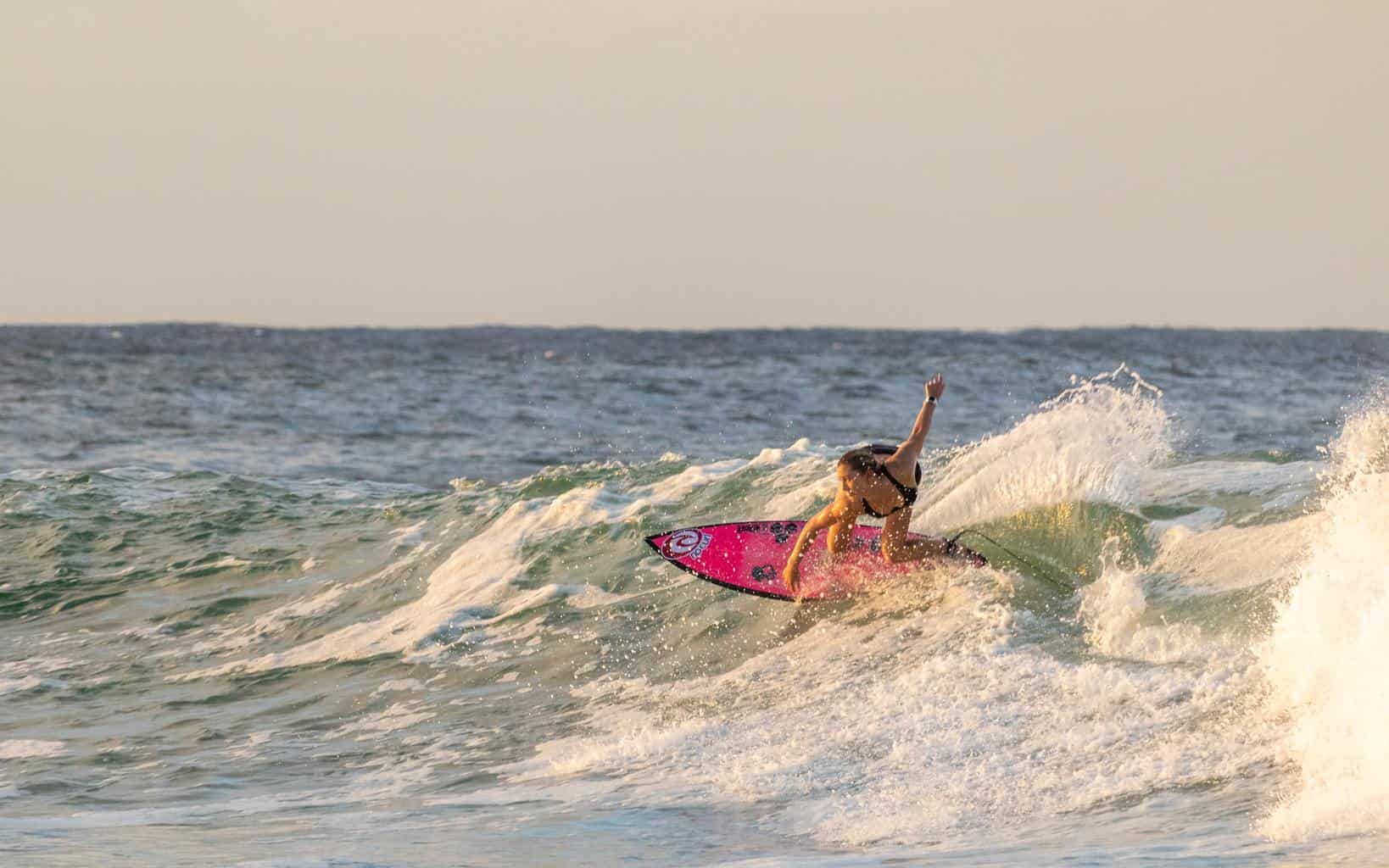If you are any sort of an exercise junky you are sure to have heard of the terms anaerobic and aerobic exercise.
But have you ever wondered which category surfing fits into?
By now you will know that surfing is a great full-body workout, but what type of workout is it?
Because of the nature of the sport, surfing forms part of both anaerobic and aerobic exercise.
To further understand when and how this happens, we first need to gain an understanding of the difference between aerobic and anaerobic.
- What is Aerobic Exercise?
- What is Anaerobic Exercise?
- When is Surfing Aerobic Exercise?
- When is Surfing Anaerobic Exercise?
- Benefits of Anaerobic vs Aerobic Exercise
- Conclusion
- You Might Also Like…
What is Aerobic Exercise?
Aerobic exercise is anything that can be considered cardiovascular conditioning. We often refer to this term as simply “cardio”.
Aerobic is defined by the Cambridge Dictionary as “involving, needing, or relating to oxygen”.
So simply put, aerobic exercise is a workout that is done “with oxygen”.
Cardio increases your breathing and heart rate, which results in oxygenated blood being pumped around the body.
Exercises that can be considered aerobic include:
- Brisk walking
- Swimming
- Running
- Kayaking
- Surfing
Aerobic exercises can usually become anaerobic exercise when the intensity level is increased beyond a particular point (this point will vary from person to person).
What is Anaerobic Exercise?
If aerobic exercise is those that are done with oxygen, then anaerobic exercise by default is any exercise done “without oxygen”.
But how can you do exercise without oxygen?
This is not to say that you will not be breathing and that your heart will not be bouncing out of your chest.
Anaerobic includes short bursts of high-intensity movements, unlike aerobics prolonged nature.
As the Cambridge Dictionary defines anaerobic: “not needing or without oxygen”.
Because of the high requirements of energy in these short bursts, glucose is broken down to provide the required energy without using oxygen.
This happens because your body’s demand for oxygen is greater than what is available at the time.
Some movements and exercises that are considered to be anaerobic include:
- Weight lifting
- Sprinting (while running, cycling, swimming, etc.)
- Skipping (jumping rope)
- Boxing
- Surfing
As you can see, surfing fits into both the anaerobic and aerobic categories.
But when exactly is surfing aerobic, and when is it anaerobic exercise?
When is Surfing Aerobic Exercise?
We can break the exercise of surfing down into a few basic movements which will help to classify which are aerobic:
- Paddling out to the break or around the bay
- Paddling onto a wave
- Pushing up to stand
- Turning and carving
Above, the two main aerobic activities are in bold.
What is interesting here is that 50% of the main surfing movements are aerobic, leaving the other 50% to be anaerobic.
Paddling around the bay to the perfect spot, or trying to get to the backline after catching a wave is how 80% of surfing’s exercise is formed.
The act of brisk continuous paddling is a great aerobic exercise because it has a medium intensity that is prolonged over an extended period of time.
This continuous movement will slowly increase your heart rate and breathing activity to constantly provide your muscles with the required oxygen to keep up with the demand.
Another activity while surfing that can fall into the aerobic category is turning and carving while riding a wave.
Although this will depend on the wave you are riding. For example, when performing a sharp cutback or aerial trick you will use quick bursts of power.
Therefore these movements will be anaerobic.
However, when cruising down a long ride, slowly moving up and down its face, while navigating the break is a low or medium intensity movement.
On the right wave, this ride can last an extended amount of time.
This is when riding a wave can be considered aerobic.
When is Surfing Anaerobic Exercise?
As mentioned, 50% of the movements while surfing can be considered aerobic and 50% can be considered anaerobic.
We have already covered the aerobic side, and are therefore left with two main surfing movements that can be considered anaerobic:
- Paddling onto a wave
- Pushing up to stand
Once again, paddling is mentioned as the biggest part of surfing. Although this time it involves quick, full power and high-intensity movements.
When paddling onto a wave, although the same movement is made, the intensity it is done with is very different from paddling around the water.
Catching a wave requires a big burst of speed that usually only lasts a few seconds.
This can be compared to changing a light jog into a quick 10-meter sprint.
Because of the power exerted in this time, your body cannot provide the required amount of oxygen, and therefore it becomes an anaerobic exercise.
Shortly following this burst of paddle power comes the second side of surfing’s anaerobic exercise movements, the “pop up”.
Popping up into a standing position is a combination of explosive push-ups and a variation of a squat.
Perhaps we could find the movements closest relation to that of a burpee, which is also a popping up, anaerobic movement.
Benefits of Anaerobic vs Aerobic Exercise
When surfing you get the best of both worlds when it comes to the type of exercise you perform.
Perhaps you are wondering what the benefits of each are though, and how those benefits relate to surfing?
The Benefits of Aerobic Exercise While Surfing
In general, aerobic exercise is great for your all-around health. It helps to increase blood flow, decrease blood pressure, and expand lung capacity.
In short, aerobic exercise helps improve the health of your circulatory system.
Aerobic exercise is related to the reduced chance of a heart attack, type 2 diabetes, and strokes.
Some more benefits that you will find through aerobic exercise include:
- Weight loss and maintenance
- Control and lower blood pressure
- Increase stamina and prolong the time until fatigue sets in
- Increases the immune system
- Strengthens the heart
- A great mood booster
If you can get the same benefits from running then what makes surfing stand out?
Although while running you will be able to have a more continuous exercise, surfing has a major advantage when it comes to impact on the joints.
The constant impact of your feet on the road can lead to knee, ankle, and back problems over time, especially when running incorrectly.
Surfing, like swimming, will engage the same or similar muscles while removing the pressure and impact that your joints experience while running.
What Are the Risks of Aerobic Exercise While Surfing?
Aerobic exercise holds benefits for almost anyone.
However, it can be strenuous and hold risks for someone who has not exercised for a long time.
If you are a particularly unfit person, surfing can become dangerous because you do not always have the option to just stop.
Getting stuck at the back-line with no more energy to make it to shore poses a serious risk.
Over-exerting yourself can lead to heart problems instead of reaping the benefits that aerobic exercise promises.
The Benefits of Anaerobic Exercise While Surfing
Anaerobic exercise can be perfect for you if you are looking to build muscle, lose weight, or increase workout intensity.
Using anaerobic exercises can help you push through a fitness plateau because it provides short bursts of power.
Some of the other benefits that can be found through anaerobic exercise include
- Increasing bone strength (supporting the decreased risk of osteoporosis)
- Burn fat
- Build muscle
- Increase stamina
So how does surfing differ from other anaerobic exercises such as weight lifting?
Because surfing is resistance and bodyweight training, the risks of straining your muscles to a point of damage are limited.
This is not to say that you will not be sore after a long surf session, but because you can only push as hard as your muscles will allow, there is less tension on your joints, tendons, and ligaments.
You will also be limited to the time you spend working out, whereas in a gym you can simply decrease the weight you are lifting, and therefore run the risk of overtraining.
What Are the Risks of Anaerobic Exercise While Surfing?
Anaerobic exercises, as mentioned before, are a lot more physically demanding.
Apart from the risks of overstraining your muscles, including your heart, anaerobic exercise can be particularly dangerous when surfing.
This is because, as with aerobic exercise in the water, you will need to get back to shore before you can rest.
Because surfing is a mixture of both “with oxygen” and “without oxygen” exercise, fatigue may sneak up on you before you are expecting it.
You may be feeling fit and ready to go, but after exerting extra energy from catching a wave you may find that all your power is gone.
It is important to know your body well before entering the water.
Conclusion
As you probably well know, surfing is a fantastic workout. It is held with such high esteem as an exercise because of its diversity in movements and physical requirements.
Whether you are moving around the bay to find the best spot for the next wave or returning to the backline after a great ride, surfing provides amazing aerobic benefits.
While on the other hand, pushing your arms to their limit in order to gain enough speed for your next ride, or popping up into a standing position will give you the benefits of an anaerobic exercise.
Surfing is diverse and both aerobic and anaerobic, providing a full workout from bones to muscles to the cardiovascular system.
You Might Also Like…
-

Do Surfers Ride Switchfoot? 5 Benefits (& Why You Should Learn It)
-

Do Surfers Shave Their Legs? 5 Common Reasons (+Pros & Cons)
-

Do Surfers Wear Helmets? 8 Situations You Should Wear One (+4 Cons)
-

Do Surfers Poop in the Ocean? Myths & Facts (+5 Tips)
-
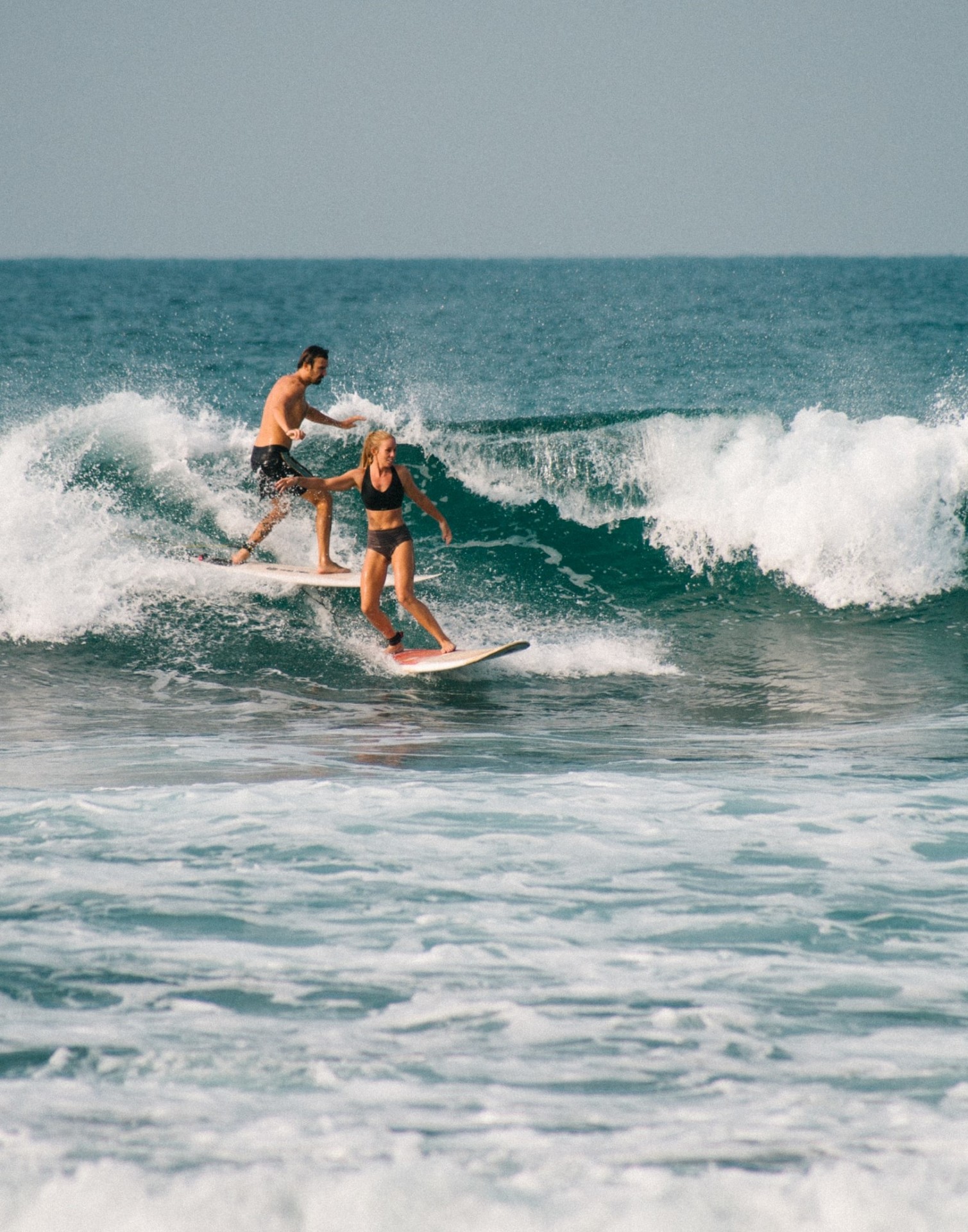
Do Surfers Run Into Each Other? 5 Common Reasons (+8 Tips)
-
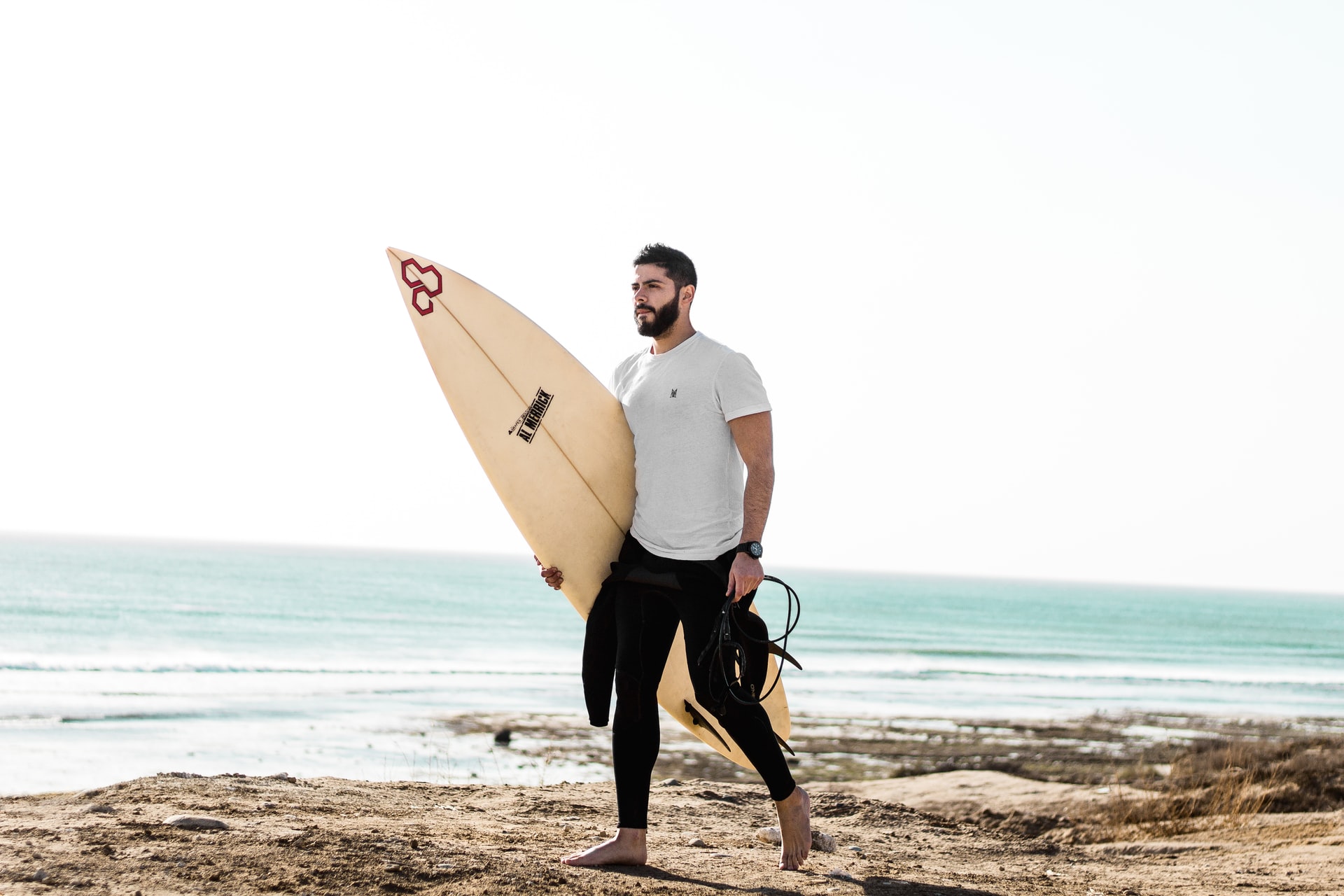
Do Surfers Have Beards? Pros & Cons You Should Know (+4 Tips)
-
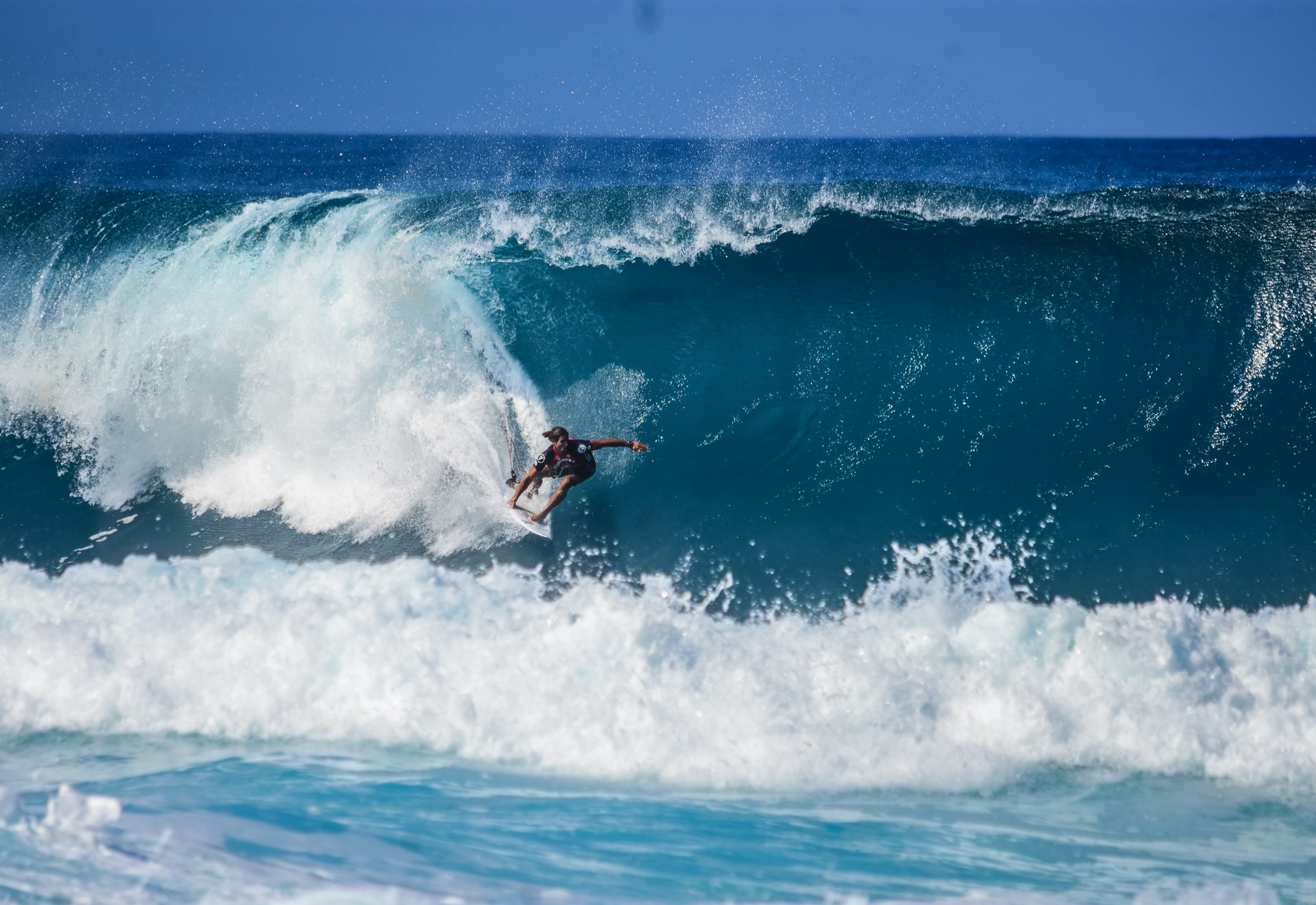
Do Surfers Like Constructive or Destructive Waves? (+Pros & Cons)
-

How to Surf Safely: 34 Crucial Tips (Every Surfer Should Know)
-
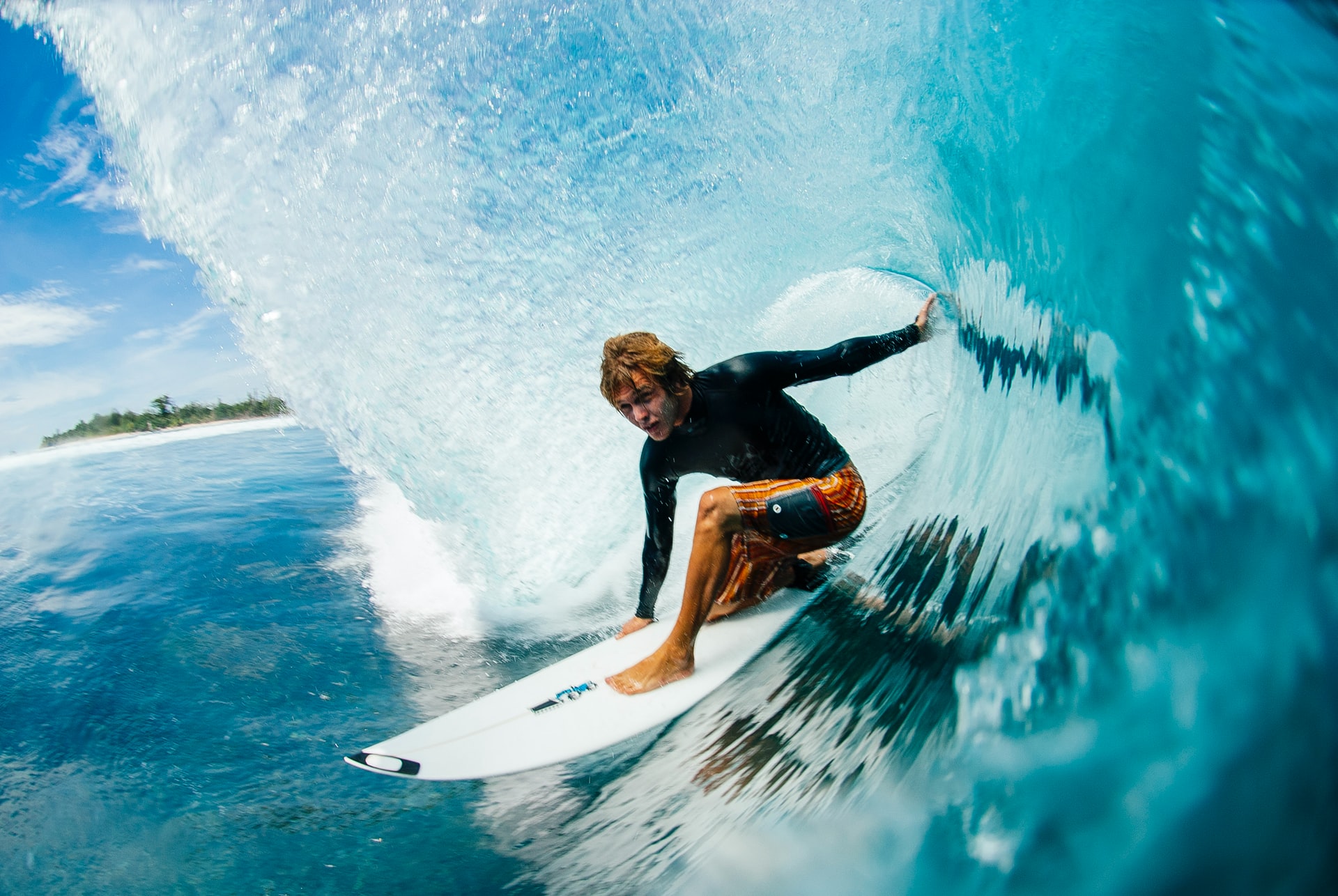
Do Pro Surfers Use Leashes? (+6 Reasons Why You Should Too)
-

Do Many Surfers Drown? Here Are the Facts (+4 Common Reasons)
-
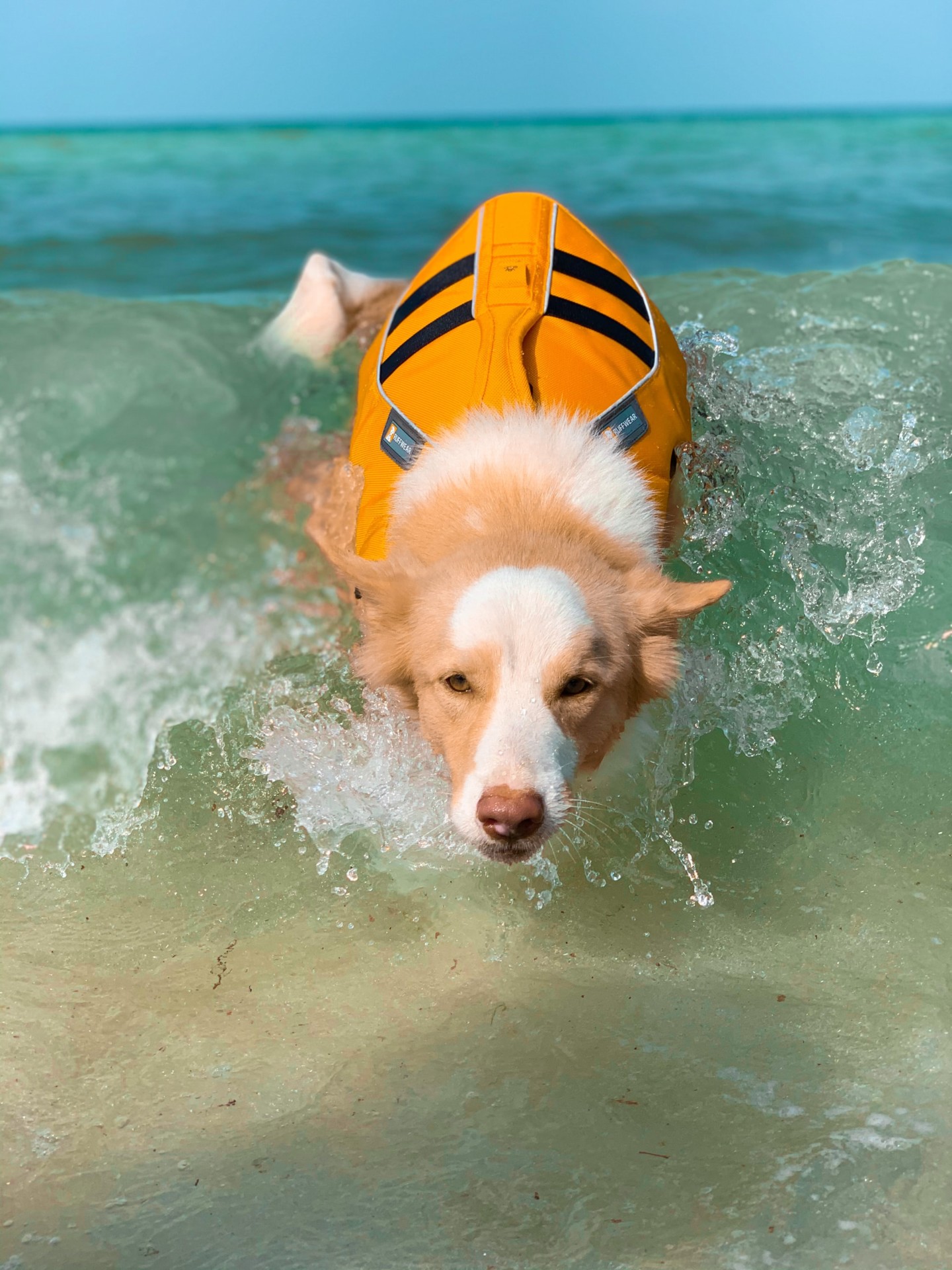
Do Surfers Wear Life Jackets? (7 Reasons Why They Don’t)
-

Do Surfers Like Rip Currents? (& How to Use Them Safely)

